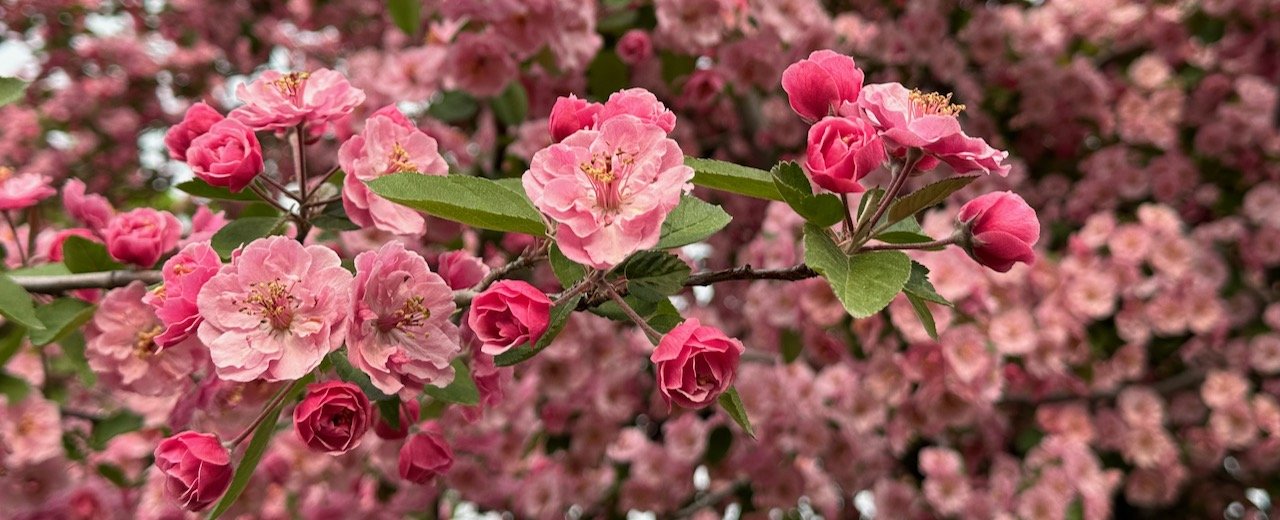Tags
- Acer saccharum
- American Beech Tree
- American Chestnut Tree
- American Elm
- American Forests
- American Hop Hornbeam
- American Linden
- American Oak Tree
- American Sycamore
- American planetree
- Anemone
- Anthracnose
- Apple Tree Borer
- Apples
- Arbor Day
- Arboreturn America
- Arborvitae
- Aspens
- Austrian Pine
- Autumn
- BNI
- Bald Eagle
- Baldcypress
- Barred Owl
- Bellwort
- Betula Nigra
- Betula alba
- Betula papyrifera
- Birch
- Black Cherry
- Black Locust
- Black Oak
- Bloodroot
- Blue Spruce
- Burr Oak
- Business Networking International
- Buttonball tree
- Callery Pears
- Captain
- Carya illinoensis
- Carya ovata
- Catalpa
- Catalpa speciosa
- Cedar
- Cedar Waxwing
- Celtis occidentalis
- Cercis canadensis
- Chalet Garden Centers
- Chicago Botanic Garden
- Chicago summers
Resource Articles from Gilbert Smith, ISA Board Certified Master Arborist
and Lesley Bruce Smith, ISA Certified Arborist

Why waste natural resources in your own back yard?
Backyard Wisdom - November, 2020
by: Gilbert A Smith, ISA Board Certified Master Arborist
I didn't rake any leaves in my landscape this fall. I never rake leaves. That’s not because I have someone else do it, nor is it because I’m lazy, (though that point can be debated). It’s because leaf raking is a waste of my time and a waste of the fuel that powers our back yard ecosystem.
How Do You Tell It Is Alive or Dead Without Leaves?
Mother Nature’s Moment - November 2020
by: Lesley Bruce Smith, ISA Certified Arborist
This time of year the question of “How can we tell what is alive or dead?” is a frequent one. It is so second nature to us that we often forget to explain to you how we tell if a branch is alive or dead in the middle of the “dormant” season. Let’s start by talking about what we mean when we say: “dormant season”. In the ‘olden days’, our understanding of what deciduous trees were doing in the winter was intuitive but inaccurate. Trees that lose their leaves in the autumn, do slow down their processes in order to survive the long journey around the sun. However, to say that trees go dormant during the winter is a bit misleading.
Why Didn’t the Leaves Fall Off My Trees?
Mother Nature’s Moment - November 2019
by: Lesley Bruce Smith, ISA Certified Arborist
The vast majority of our tree friends in the northern hemisphere do a great job of preparing for their winter journey. They don’t leave home, so their journey through time demands careful preparation for the freezing cold and weighty snows they will encounter during the winter. This year, those freezing temperatures arrived faster than normal. However, the native Illinois trees, early snows or not, go through the same cell hardening as during a balmy autumn. Thanks to a plant pigment called phytochrome, the cells that need to “harden” take their cues from the always faithful shortening of days, not our uncertain temperatures.



